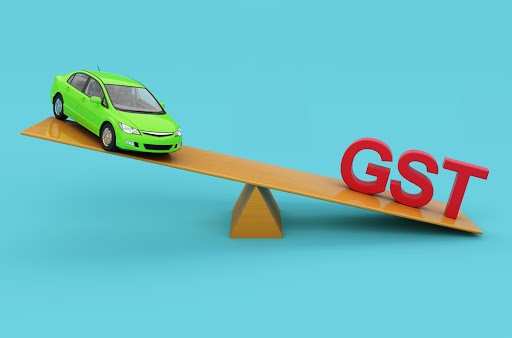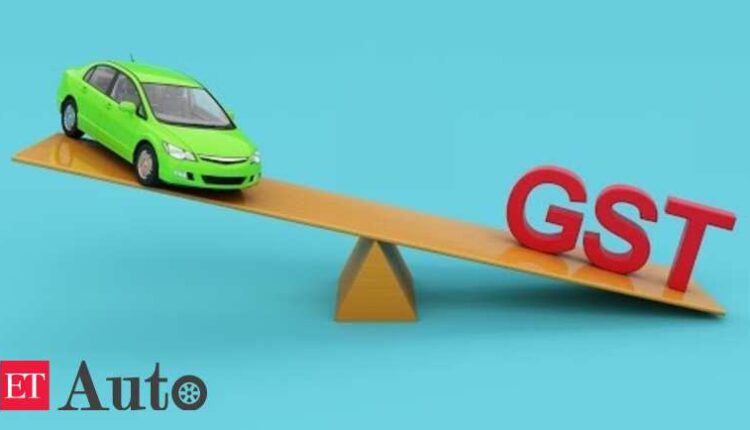
By
Narasimhan B.L. & Rohan MuralidharanIn order to appreciate the wide-ranging ramifications of the judgment, we may begin with a brief examination of the judgment itself. The dispute before the Supreme Court was about the classification of electric relays for use in railway signaling equipment.
At this juncture, we may pause to note that ascertainment of classification of goods and services is important to determine the rate of tax. Classification under Customs, Central Excise, and Goods and Services Tax (GST) laws are based on the Harmonised System of Nomenclature (HSN) which is an internationally developed mechanism for the classification of goods. HSN is divided into 21 Sections and 98 Chapters, each of which contains Notes on how to classify the articles of that Section. For this article, it is sufficient to note that Chapters 86 and 87 (falling under Section XVII) provide the classification of locomotives and automobiles and parts thereof respectively.
Based on their exclusive use in the railways, the assessee in Westinghouse sought to classify these relays under Heading 8607 as parts of railway locomotives. This claim was grounded in Note 3 to Section XVII which restricts the terms “parts” and “accessories” to parts and accessories suitable for use solely or principally with the articles classifiable under Chapter 86 to 88. The assessee argued that the relays are principally designed for use with railway locomotives and therefore are classifiable as part of railway locomotives under Heading 8607.
On the other hand, the Department sought to classify the relays independently under Heading 8536 as electric equipment on the ground that Note 2(f) to Section XVII specifically excluded “electric equipment” from being classified under Section XVII, whether or not it is identifiable as being for the goods of that Section.
The Supreme Court eventually agreed with the assessee and held that the relays are classifiable as part of locomotives under Heading 8607. In so holding, the SC applied the “sole or principal use” test of Section Note 3 to the exclusion of the embargo in Note 2. One might summarise this decision thus: “if an item is solely or principally used with the articles of Section XVII (which includes railway locomotives and motor vehicles), then it is classifiable thereunder, notwithstanding specific exclusions to the contrary.” A reading of this proposition may prompt a simple question, “will the same logic apply to other parts as well?” It is this question with which this article is concerned.
The Supreme Court eventually agreed with the assessee and held that the relays are classifiable as part of locomotives under Heading 8607.~
Implications for the auto sector
Ironically, the success of the assessees in Westinghouse Saxby presents a grave danger to plenty of other taxpayers. The “sole or principal use” test, sought to be applied for classification of parts under Chapters 86 and Chapter 87 to the exclusion of all other conditions/qualifications, can be applied to almost every article supplied for use in the automobile industry.
For instance, the parts of motor vehicles classifiable under Chapter 87 attract an IGST rate of 28%; whereas the parts which are not classifiable under Chapter 87 generally attract a lower rate of 18% or less. Resultantly, considering the rate arbitrage, importers and domestic suppliers of such parts – whether directly to an automobile manufacturer or to dealers/component manufacturers – will need to revisit the classification adopted for all their goods.
This is especially so in the case of parts that are custom-designed for automobiles. Further, the above analysis will be equally applicable to parts that are supplied to the after-sales market.
Let us consider the example of valves for auto engines which are currently classified under Heading 8481 (18%) as per the concomitant Explanatory Notes to Chapter 84. Applying the logic employed by the Court in the Saxby case, one would be forced to classify valves under Heading 8708 or 8607 despite there being a specific entry for valves in Chapter 84.
Considering the abundance of such products (LCD screens used in dashboard displays, electric motors, switch panels, automotive chains, oil seals, transmission belts, fasteners, etc.) to which this logic may apply, the potential disruption of Westinghouse Saxby cannot be overstated.
Apart from the tidal wave of Show Cause Notices that may ensue, increasing the tax rate on an already strained industry is not the beacon of hope with which the financial year 2021 ought to begin.
The fallout of this principle extends beyond what is typically seen as “automobile parts”. There are analogous Notes in other Sections of HSN such as Notes to Section XVI (Chapter 84 & 85) and Section XVIII (Chapter 90). Thus, the classification of products that are otherwise falling under the above Sections may also be impacted due to this judgment.
The modalities of a de facto increase in tax rate will take time and effort to iron out. On the fundamental question of how the ongoing arrangements can adapt to this change, the following issues arise:
– Will contract prices require renegotiation?
– Can debit notes be issued for differential payment of tax? Will this attract interest?
– Can the recipients avail credit of this differential payment?
– How will B2C transactions be affected?
These are good questions that require good answers. That being said, only time will tell how far the ripples of Westinghouse Saxby will spread.
Disclaimer:
(The authors are Principal Partner and Principal Associate of Lakshmikumaran & Sridharan Attorneys. Views expressed are their own.)


